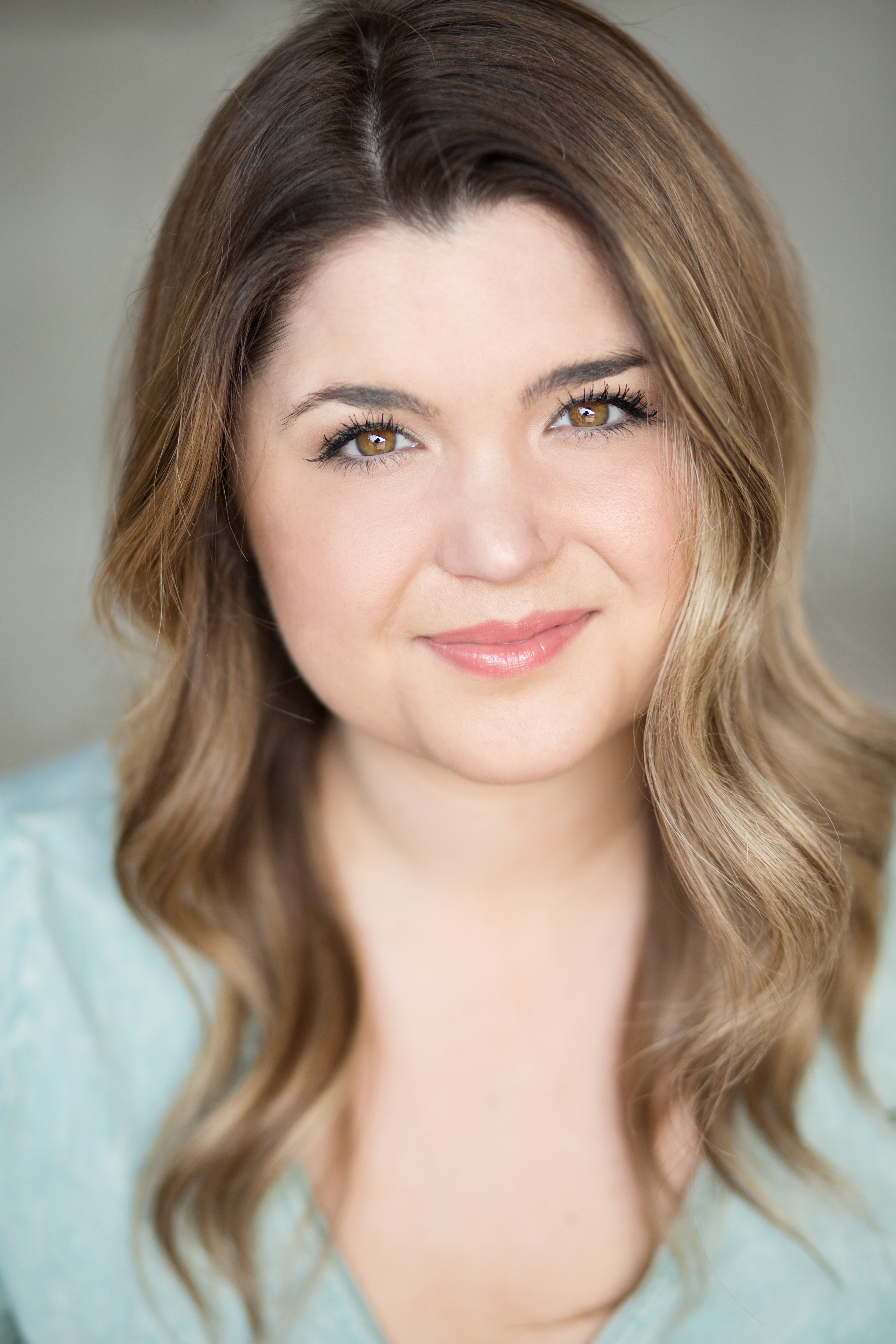Celebration of Scholars
Optimizing Performance Through the Breath
 Name:
Emily Harmon
Name:
Emily Harmon
Major: Musical Theatre Vocal Pedagogy
Hometown: Hilliard, OH
Faculty Sponsor: Corinne Ness
Other Sponsors:
Type of research: Master's thesis
Abstract
We breathe approximately 25,000 times a day, and although we are able to do so unconsciously, research shows the incredible benefits of bringing awareness and intention to our breathing. We can lower levels of panic and anxiety, optimize our exercise, and increase our lung volume - all through implementing nasal breathing and improving our tolerance to carbon dioxide in our blood. For singers, this increased tolerance to carbon dioxide allows for longer sung phrases with increased lung volume, while combating collapsed airways through nasal breathing. Specific breathwork techniques like Tummo and Wim Hof can also be used to help manage performance anxiety by practicing heavy breathing and purposefully stimulating an autonomic nervous system stress response. In this way, we can teach performers how to handle a sympathetic response while in a safe space, which will translate to better management of this response in the moments before a performance.Submit date: Feb. 4, 2021, 9:05 a.m.
